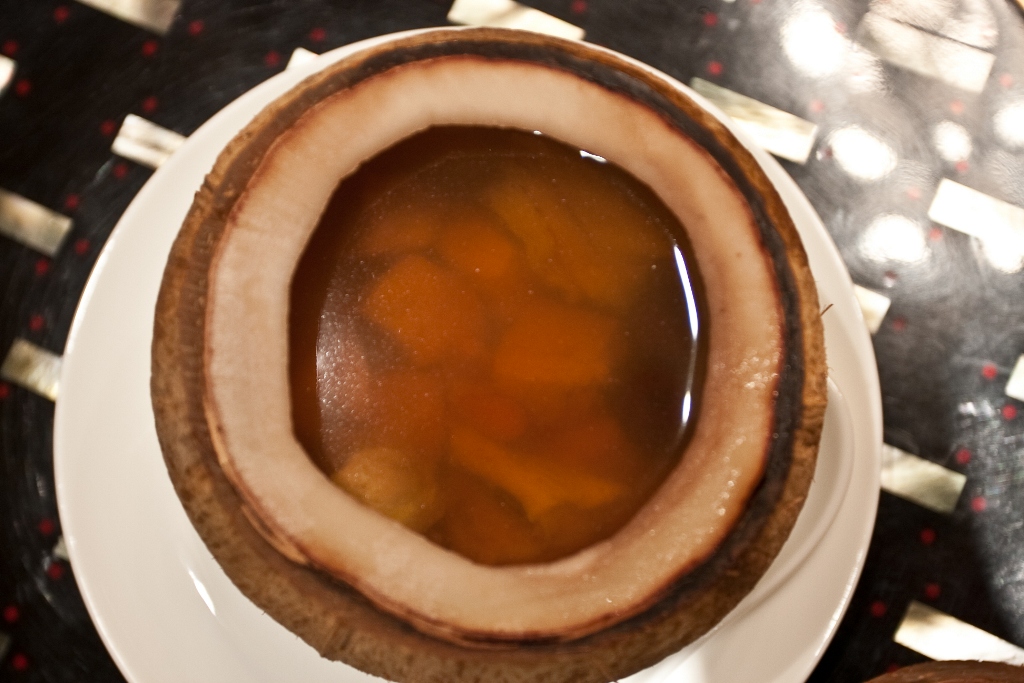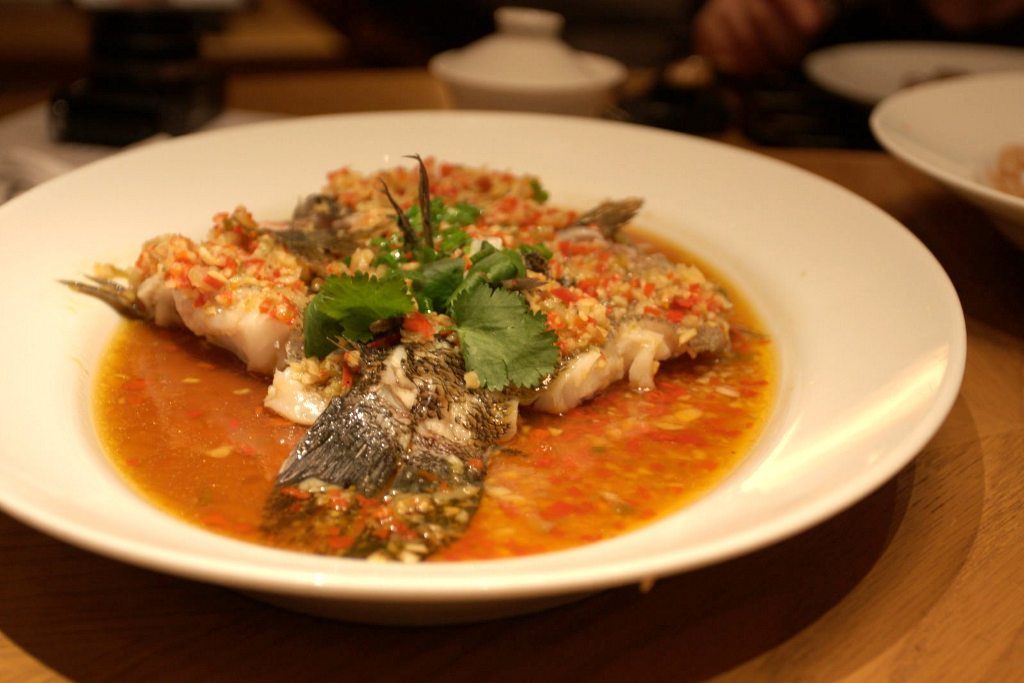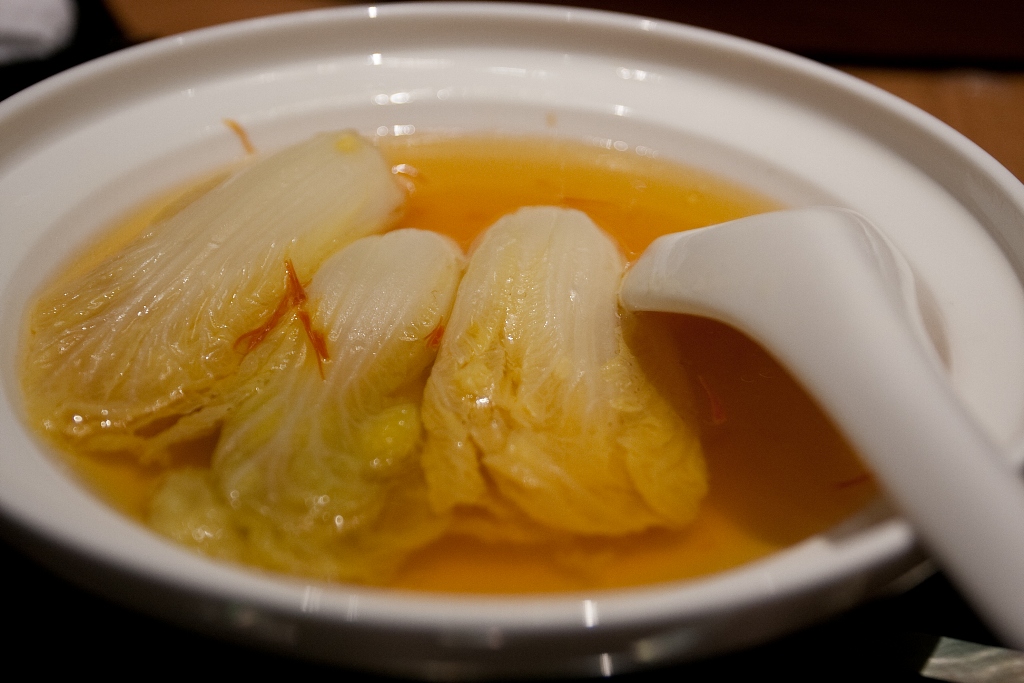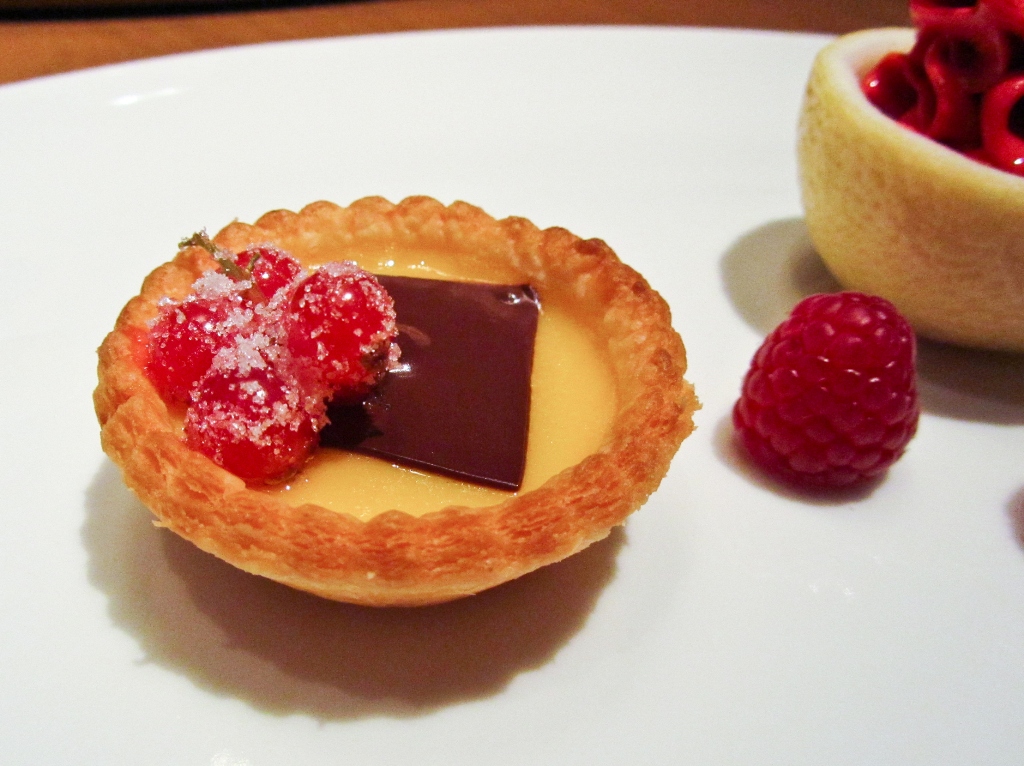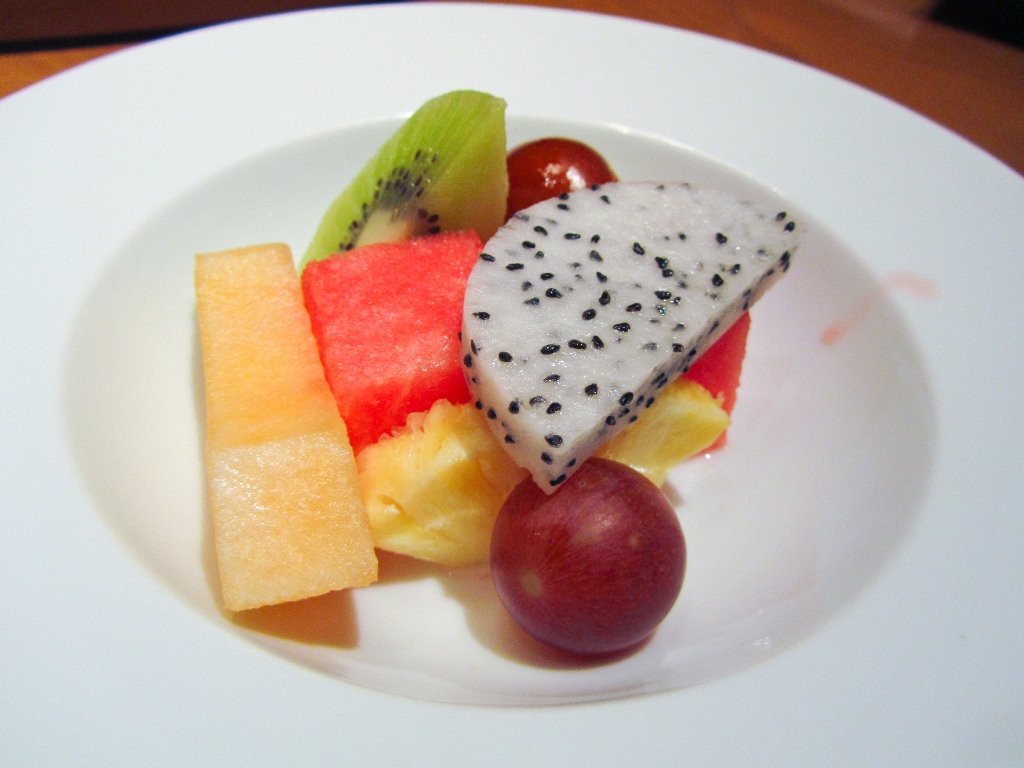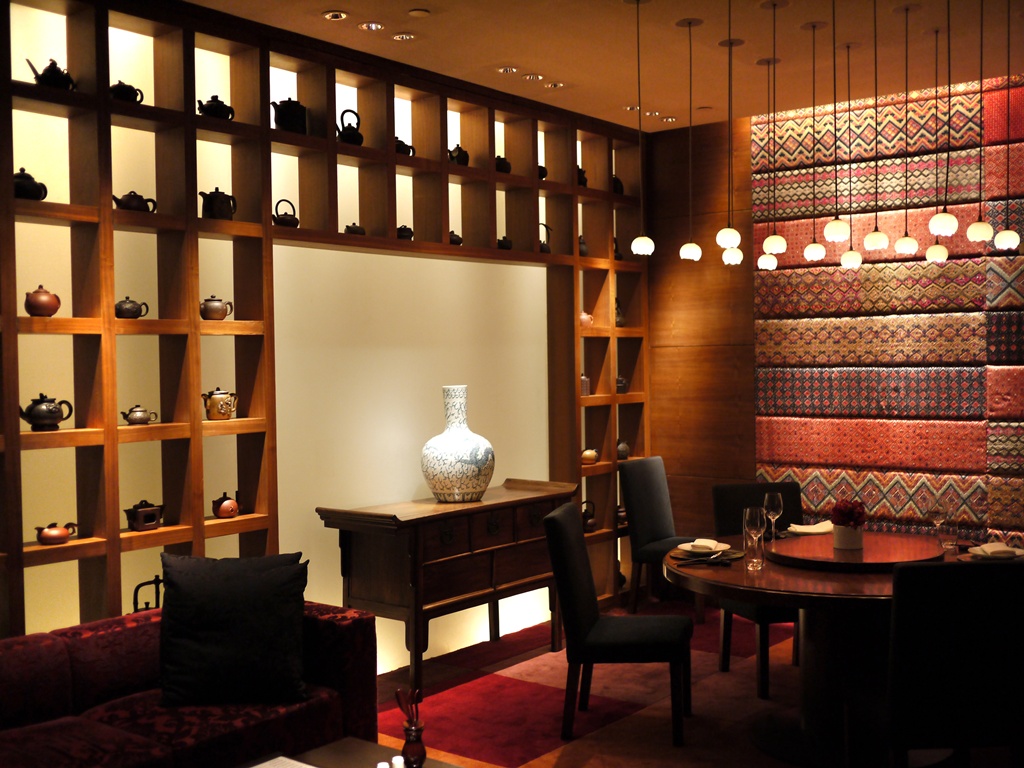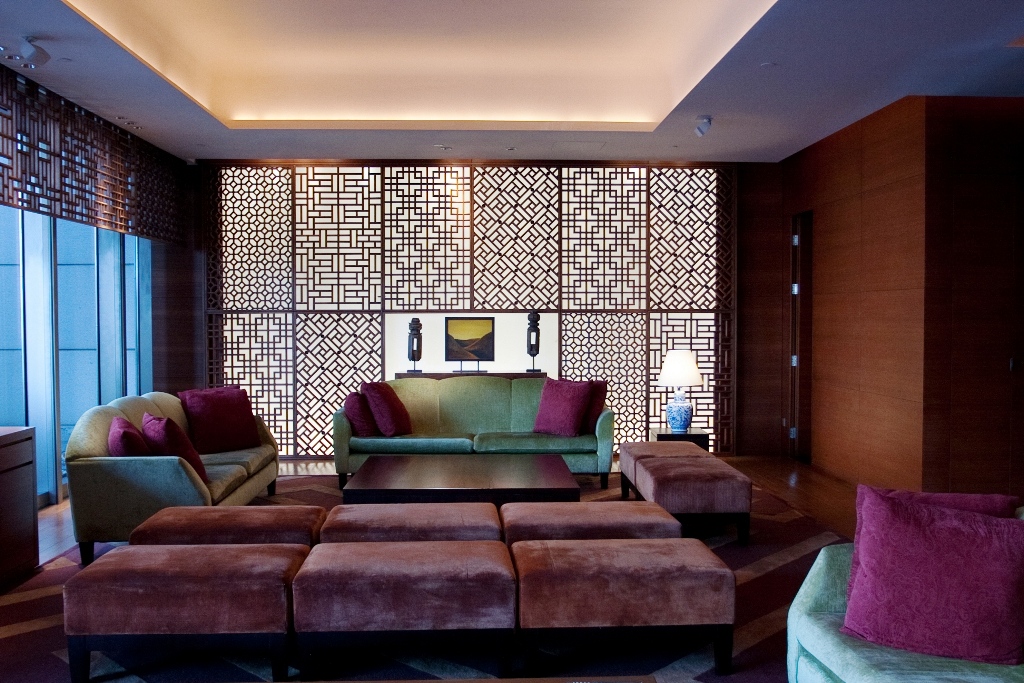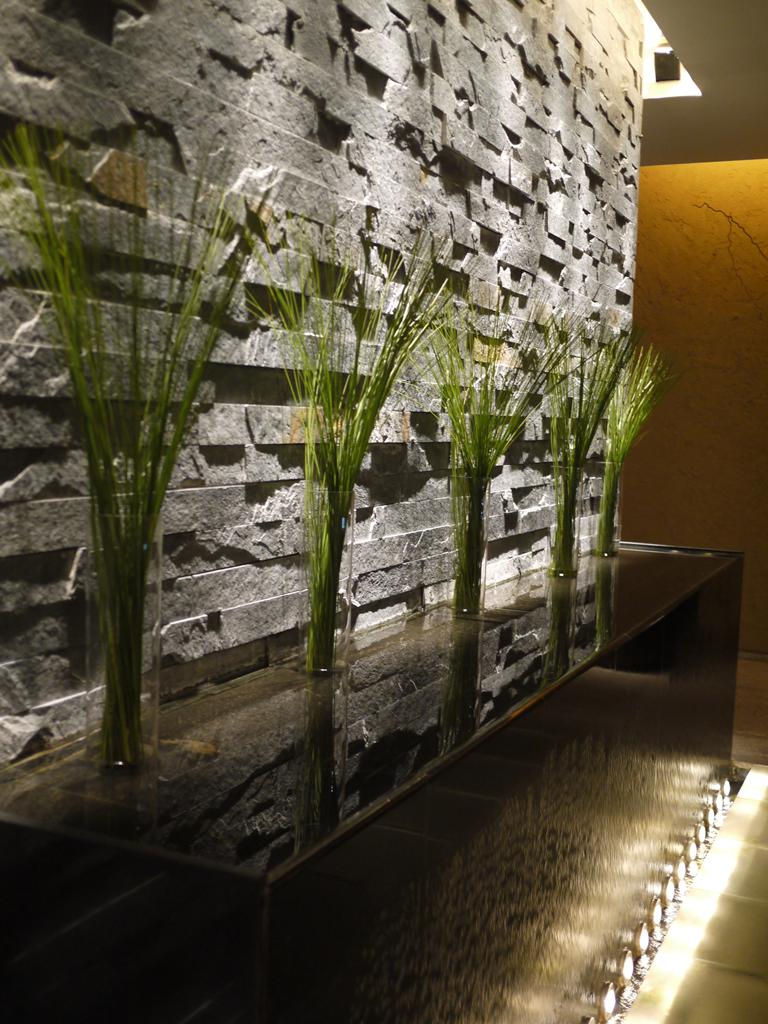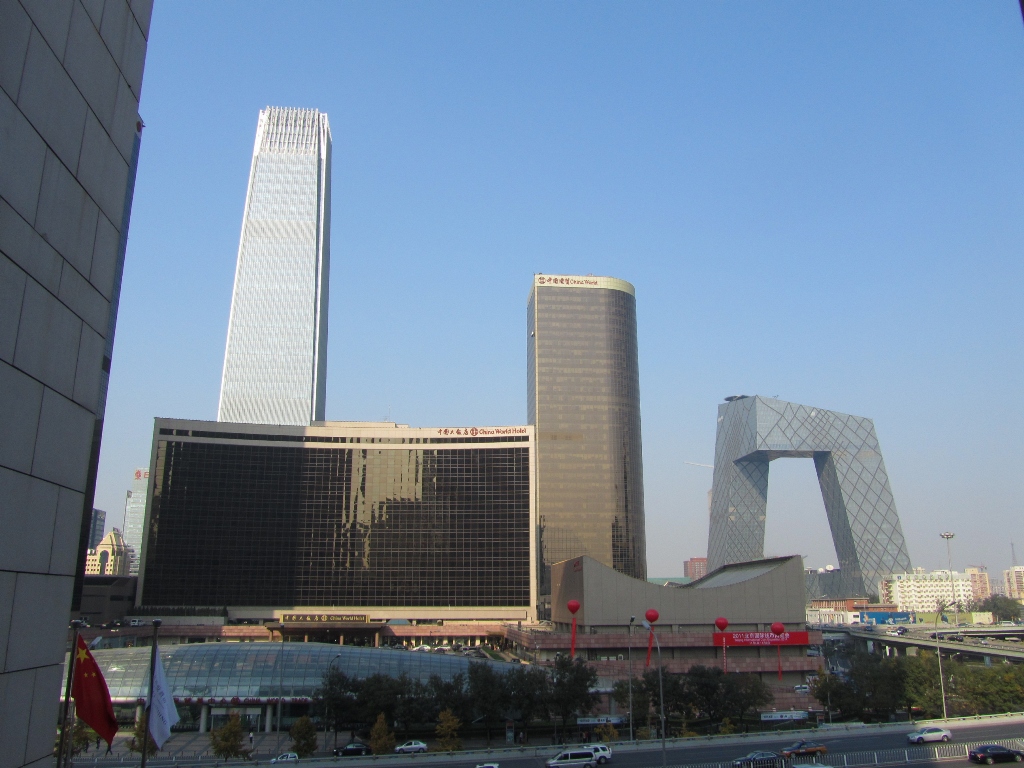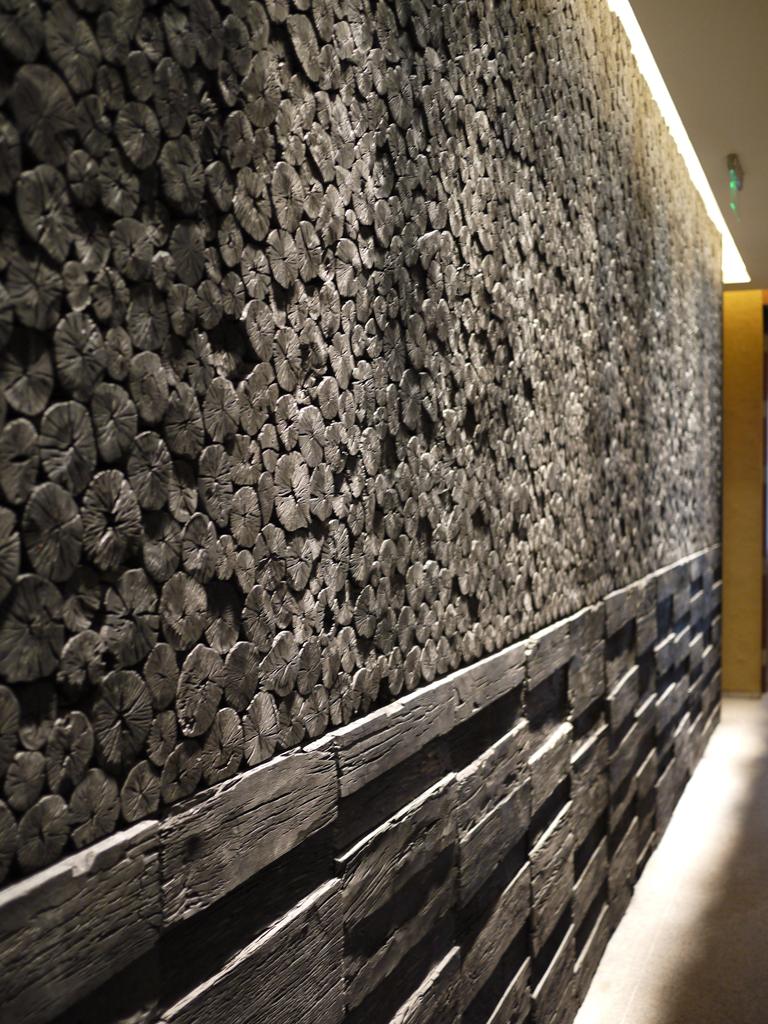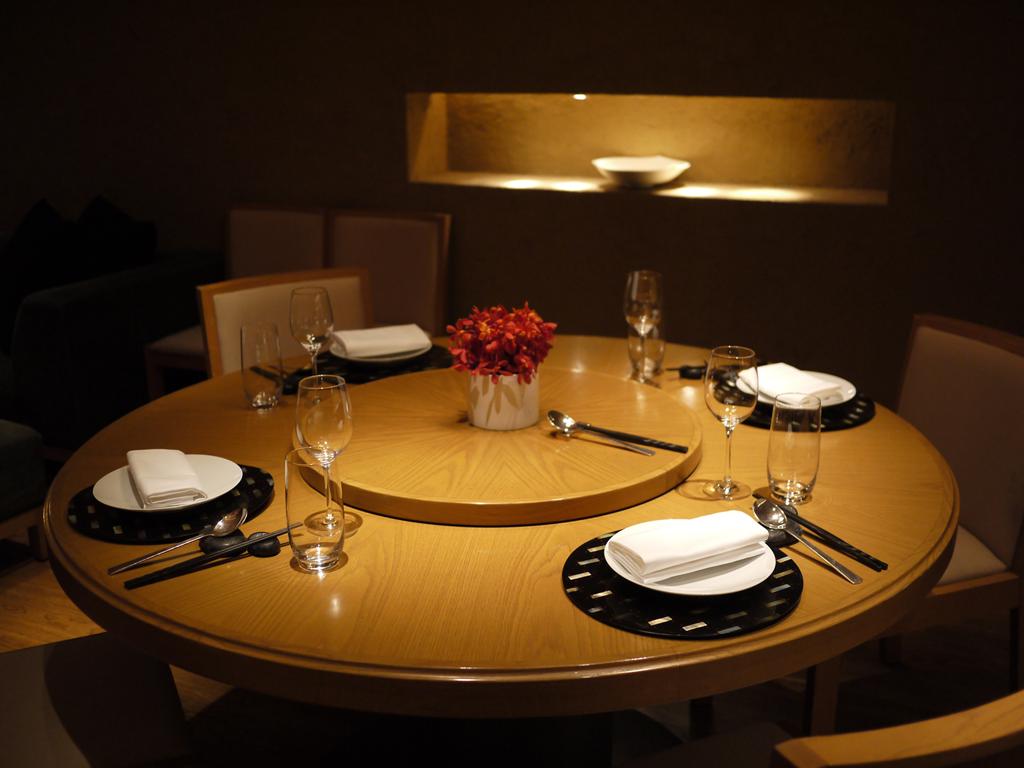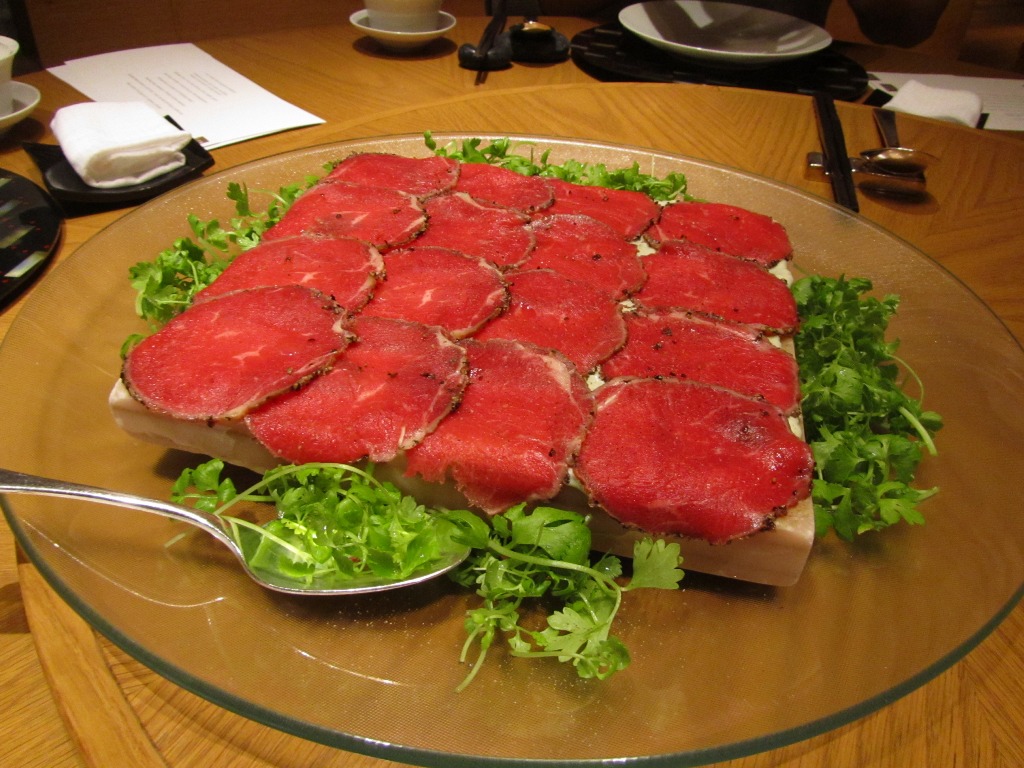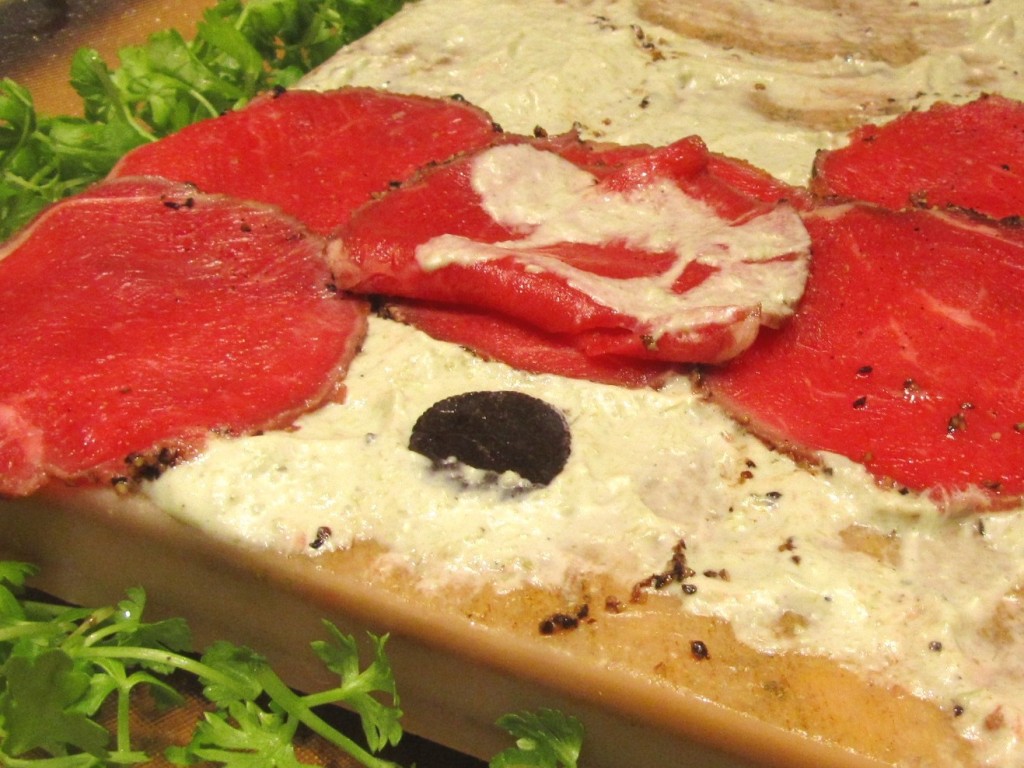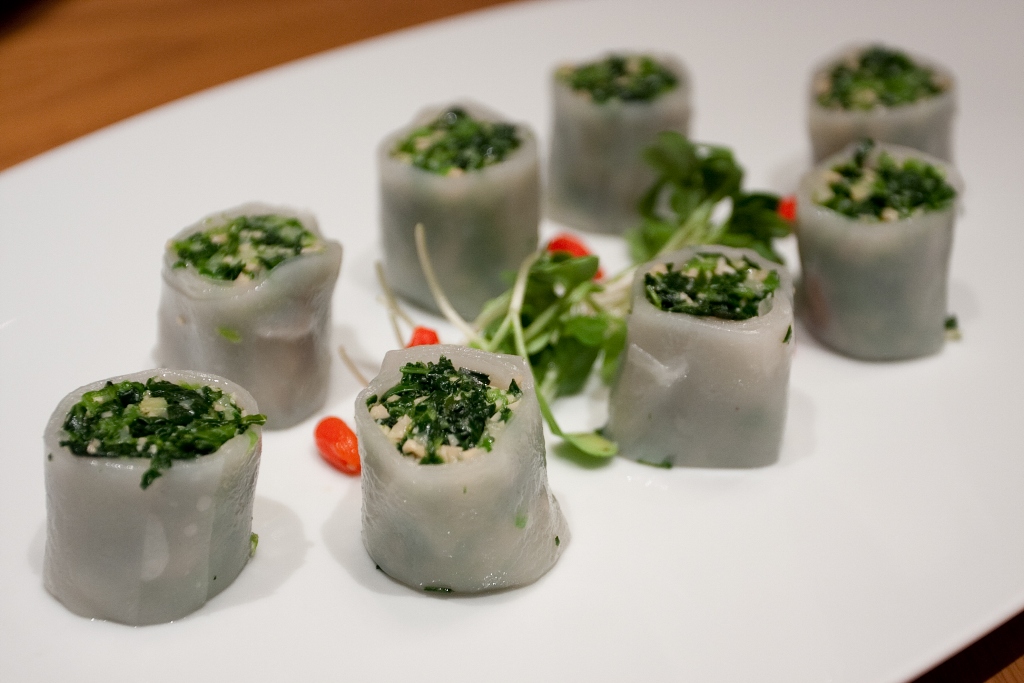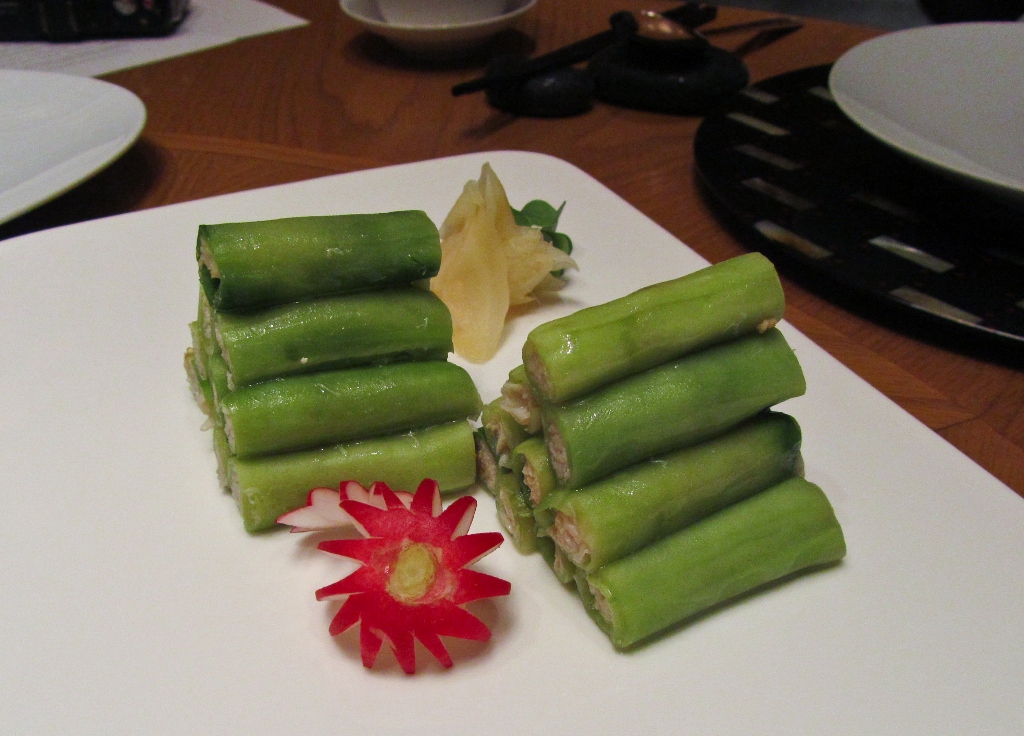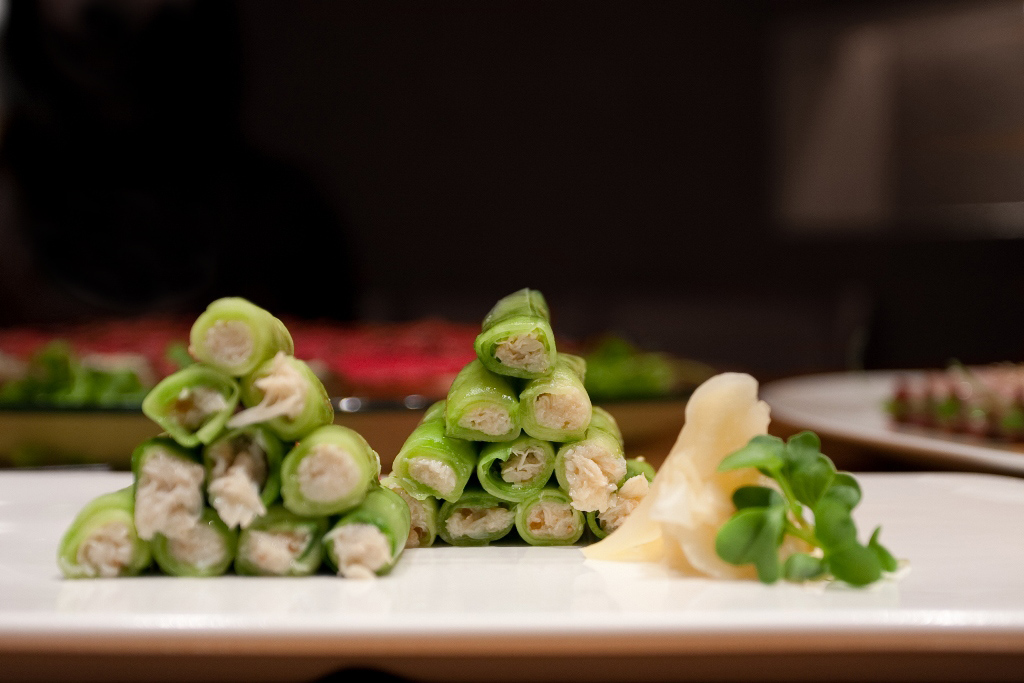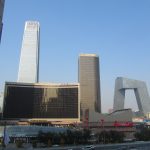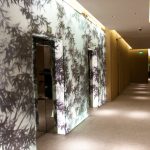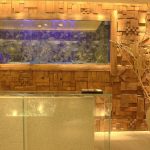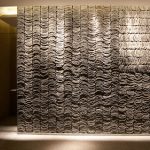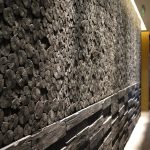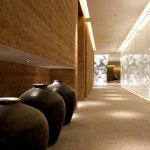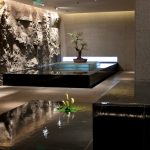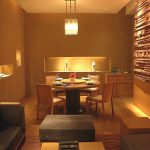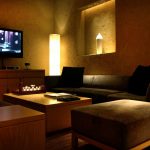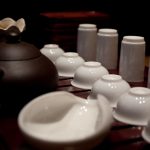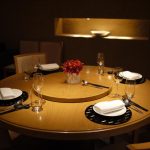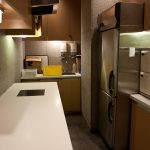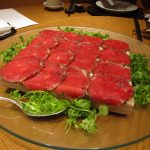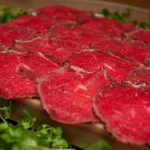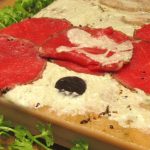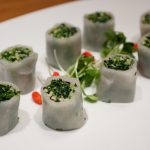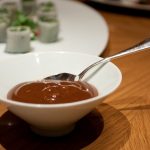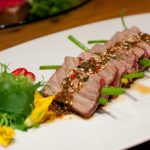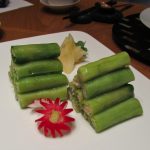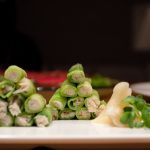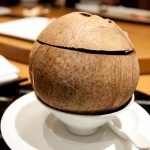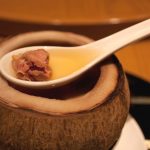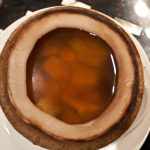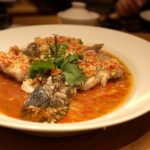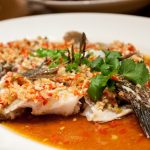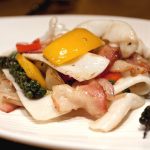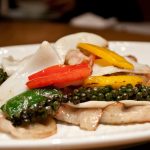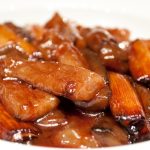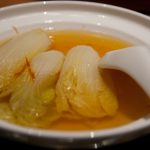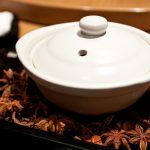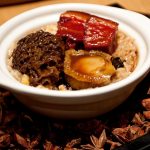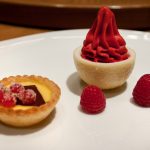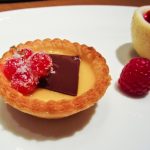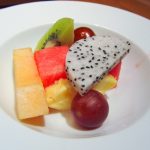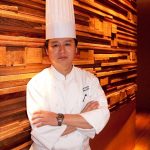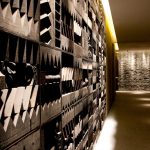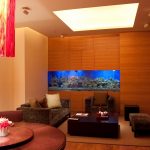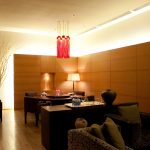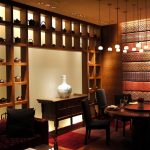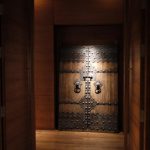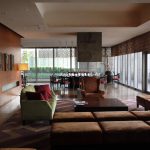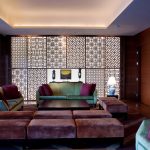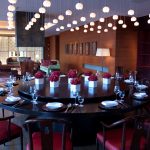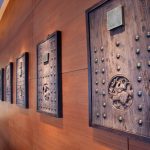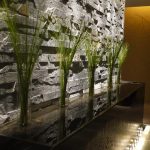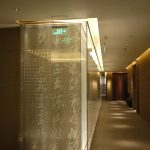CLICK ON THE MAIN PHOTO ABOVE TO VIEW CAPTIONS IN GALLERY FORMAT
Image 1:
Located in the business district, Park Hyatt Beijing is a popular hotel for business travellers.
Image 2: We had trouble finding our way inside this third tallest building in the city. We first followed the sign to Park Hyatt and arrived in their lobby located on the 63rd floor. We were then instructed to go back down and use a different set of lifts.
Image 3: After asking around and trying different lifts, we finally learnt that the restaurant is actually located on 5th floor and there is a separate lift that takes us there!
Image 4: www.parkhyattbeijing.com/dining/theprivateroom Chef: Jeromy Cao
Minimum charge for the smallest room: CN¥3000 (2-4 people)
Open daily for lunch and dinner.
Image 5: Once we found our way, we quickly forgot all the frustration. It's a completely different world here! After a warm greetin from the manager, she led us to our table. I was glad that she did because this place is huge!
Image 6:
Long corridor of backlit glass with calligraphy of Li Bai's poem...
Image 7:
... then a wall of roof tile stacks...
Image 8: ... and even real charcoals! All materials are transported from the original Hutong, a neighbourhood of old Beijing residence.
Image 9: This place is cool! It is a stylish version of a traditional Chinese house, or more like a mansion I guess. The restaurant spans over 2300 square meters of the entire floor consistin of 16 unique rooms! And as the restaurant name suggests, it's an all private room restaurant which is actually not that uncommon in China.
Image 10: She gave us an overview of the exquisite design of this place while leading us to our private room passing by various sceneries along the way. It's such an impressive place. Visitin this restaurant is an experience by itself!
Image 11: We finally arrived at our private room. Wow! This place made us feel like we are in an upscale home!
Image 12:
Each room as a sofa area...
Image 13:
... for pre-meal drinks or post-meal tea...
Image 14:
... a dining area...
Image 15:
... a restroom and a small final prep kitchen connectin to the main kitchen area. Very clever!
Image 16: Let the meal begin! They have prepared a set of four cold plates for us. The first up was a beef carpaccio. Raw beef in China?! This country is not known for premium beef so I thought it must be a bad start.
Image 17: Well, it's nice to be wrong sometimes! Not only did it have an amazing colour, it was surprisingly soft and moist.
Image 18: Underneath was a layer of horseradish and black truffle shavings. Though the truffle wasn't too intense, the beef was superb! Dalian, northeast China, is the area where they produce high quality beef using Wagyu breed. This was by far the best Chinese beef I've ever had.
Image 19:
The bean curd spring roll was a bit bland but...
Image 20:
... it came with a very tasty sesame and peanut dipping.
Image 21:
The seared tuna with vinaigrette was ordinary.
Image 22:
Then neatly stacked cucumber rolls with crab.
Image 23: The cucumber, being too thick, overpowered the crab flavour. We weren't too disappointed at that point as we were looking forward to the warm dishes, especially the seafood which should be the strength of Cantonese cuisine.
Image 24:
I could already sense the attractive coconut fragrance from far away.
Image 25:
It was a consommé of chicken, pork, and red dates double-steamed in a whole coconut.
Image 26: Double-steaming is a technique often used in soup in order to maintain the essence of all ingredients within the soup. The distinct aroma of Chinese date and coconut reminded one of us of the soup that he had from his grandma! The focus of the soup is the broth itself and most Chinese would just have the soup leaving the rest untouched.
Image 27: Fish course is a must for a proper Cantonese meal. Here, a steamed marbled goby, a fresh water fish, in pickles, chilli, ginger, and garlic. Steamed fish in Cantonese kitchen is treated with extra care. The chef had to approximate the required steaming time based on the size of the fish. 30 seconds more could destroy the delicate texture of the fish.
Image 28: In a high-end restaurant like this, there will be no mistake as some species of fish can cost more than lobsters. From the extremely delicate texture, the fish was precisely handled to perfection. I even had problem in picking up the flesh using my chopsticks as it complete fell apart even by a gentle touch. Wow!
Image 29: The courses we had so far were top notch no question, but it was this cuttlefish dish which turned into one of the best courses I had in this China trip. It was probably the heatin control in the wok and the even size of each slice that resulted in such a remarkable soft crunchy texture without being chewy at all.
Image 30: Moreover, the smoked bacon was brilliant. It added a seductive smoky flavour and a slight stickiness to the cuttlefish, along with a tiny stimulation from the spicy peppercorn. Unlikely I could find a better cuttlefish dish in my life!
Image 31: Sea cucumber is considered as a Chinese delicacy. This dish is all about the sauce and texture as sea cucumbers have subtle taste but excellent ability to absorb flavours. Many places made it too soft to almost a jelly texture. Here, they did well as I could still feel the elasticity of the sea cucumber.
Image 32: Vegetable and rice always show up near the end of a banquet style Cantonese meal and often something very simple. This wasn't the case here! Although this baby cabbage looks ordinary, it was actually another highlight of the meal! Again, due to the precise timing control, this cabbage braised in Tibetan saffron essence was very soft but still had the structure. We were amazed how Chef Cao transformed a simple ingredient into such a delicacy!
Image 33:
The rice was served on a tray of star anise!
Image 34: This rice was packed with flavours - fresh abalone from Dalian, morel mushroom, pork belly, and even black truffle! I particularly liked the pork belly as it was fully braised with a hint of sweetness. It was an extravagant rice dish!
Image 35: And for dessert, raspberry sorbet with fresh raspberries and a freshly made egg tart from the oven. I love Chef Cao's creative twist to the classic egg tart by adding a thin chocolate on top with sugar coated redcurrant! Light puff pastry followed by a warm egg custard finished with a touch of meltin chocolate on my tongue!
Image 36: The pastry was buttery and crispy, the custard was rich and silky, and the chocolate's bitter-sweetness with the redcurrant acidity at the end really brought this egg tart to another level! I had a lot of good egg tarts in my life but this modern version was the best ever: the taste, texture, and temperature were all perfect! We were completely blown away! Exceptional!
Image 37: Finally, a plate of sweet fruits to end this outstanding meal. But the experience wasn't over yet!
Image 38: Chef Cao came out and we had a quick chat. In the topic of platin, like what Chef Li said, Chef Cao also keeps the platin to a minimum as the serving temperature is always the priority. Hence he avoids spending too much time on platin.
Image 39: After the meal, the manager gave us a copy of our menu and a tour of the rest of this "contemporary Hutong", visitin different styles of private rooms.
Image 40:
This is the smallest room usually for two.
Image 41:
A more western looking small room and can seat up to four guests.
Image 42:
A medium room from four to eight diners.
Image 43:
They even got a small gate from Hutong!
Image 44:
Here is the largest room which can hold up to two tables of 12.
Image 45:
A spacious sofa area.
Image 46:
It has a lot of natural light and even a balcony.
Image 47:
More decorations from Hutong.
Image 48:
The service here is flawless treatin every customer as VIP.
Image 49: The manager even led us all the way down to the ground floor to make sure we find our way out. Definitely an unforgettable experience!

